#taxila
Photo
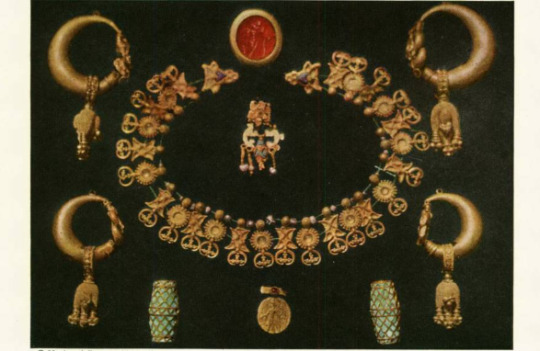
Jewelry from Taxila, Pakistan
192 notes
·
View notes
Text
Heavy Industries Taxila HIT Cantt Jobs October 2023 Apply Online
Heavy Industries Taxila HIT Cantt Jobs October 2023 Apply Online latest advertisement. This job notification has been published in the Newspaper on October 8, 2023. HIT requires the services of candidates on a contract basis.
Candidates possessing the required qualification can apply online till October 16, 2023. Applicants already in Government service should apply through the proper channel.…

View On WordPress
0 notes
Text
Exploring the Ancient Ruins of Taxila in Pakistan
Exploring the Ancient Ruins of Taxila in Pakistan
Taxila, located in the Rawalpindi District of Punjab, Pakistan, is one of the most important archaeological sites of ancient India and remains an incredible glimpse into the life and culture of the ancient civilisation that once thrived in the region.
This ancient city, located on the banks of the River Indus, is one of the most renowned cities of the Indian subcontinent and was, for over 1000…

View On WordPress
#AncientRuins#Antiquities#Architecture#Buddhism#Buddhism in Taxila#CentralAsia#CulturalExperience#CulturalHeritage. Archaeology#Discover#Exploration#GandharaCivilization#GreaterIndia#GreatestScholars#HistoricalSites#History#IndoPak#IndusValley#LandofLegacy#Pakistan#Ruins#SilkRoad#Taxila#TradingPost#Travel#WorldHeritage
0 notes
Text
UET Taxila partnered with Huawei to cultivate ICT Talent
UET Taxila partnered with Huawei to cultivate ICT Talent
The disruption caused by the pandemic was the ultimate test case for Pakistan’s digital ambitions. As the country went into lockdown last year, Pakistan is turned to smartphones, tablets and laptops to work, play, study and stay connected.
For all intents and purposes, the country’s digital ecosystem passed with flying colours, underlining Pakistan Vision 2025 and the Digital policy of Pakistan,…

View On WordPress
0 notes
Text
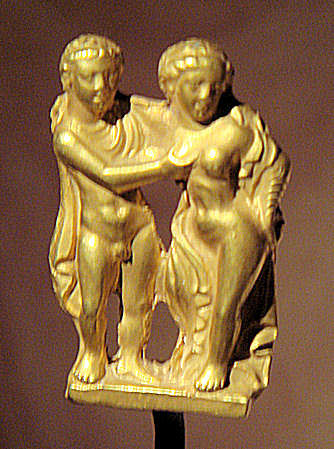
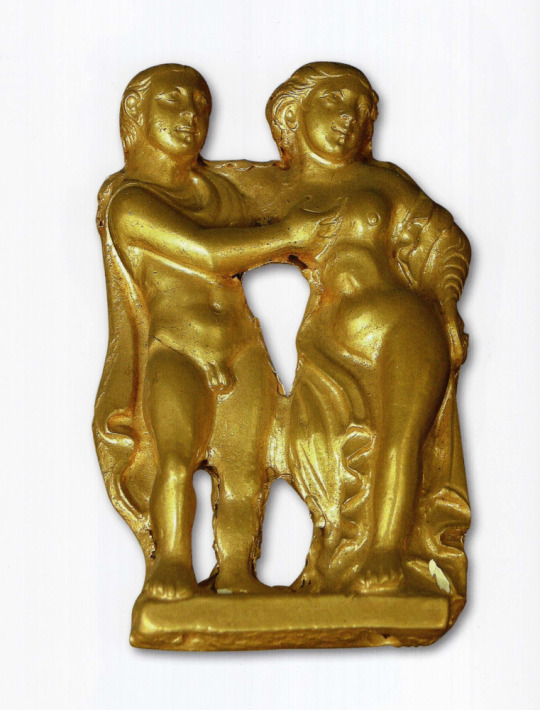
Hellenistic couple from Taxila 1st C. CE. Guimet Musee.
"Some Greek cities seem to have remained intact under Parthian rule: Isidorus of Charax in his 1st century AD "Parthian stations" itinerary described "Alexandropolis, the metropolis of Arachosia" as being Greek:
"Beyond is Arachosia (Old Persian Hara[h]uvati, Avestan Haraxvaiti)). And the Parthians call this White India; there are the city of Biyt and the city of Pharsana and the city of Chorochoad (Haraxvat) and the city of Demetrias; then Alexandropolis, the metropolis of Arachosia; it is Greek, and by it flows the river Arachotus (Harahvati). As far as this place the land is under the rule of the Parthians."
— "Parthians stations", 1st century AD. Original text in paragraph 19 of Parthian stations"
-taken from Wikipedia
62 notes
·
View notes
Note
How would Bezz fare in Islamabad?
Okay prefacing this by saying I lived in Islamabad, but am not Islamabadi. I am a Karachi girlie, so I may come off as super fucking bias.
Following this post by the lovely Cate as a slight guide, we know that Bezz needs to be near the sea (or any body of water) or he will perish /j.
Islamabad only has one large body of water and you can't swim in Rawal Dam (you can go on a speed boat and go karting [edit: on the circuit nearby] or on any of the rides otherwise I don't recommend Rawal as a spot to visit). He would be crossing the toll bridge out of Islamabad and to Taxila area to go to Khanpur dam (where you can swim, go on jet skis and its a good vibe).
Also Islamabad has its inner divisions. The capital is divided into square box areas named sectors and they are numbered from 6-15.

I don't see him in Meerabadi (land that was established as a settlement before it was incorporated into G-12) or any of the sectors 15-9. F-7, yeah its a good open food court so it's a maybe but Bezz might be spotted in an E-sector, in the blue-zone/in Safa Gold Mall (F-7) or Centaurus Mall (F-8).
But lets not lie to ourselves, he's a Karachi guy. Put him in Defense or Clifton. He'd be biking down Sharah-e-faisal coming from Malir back to Seaview. He's at French Beach on the weekends, YoYo Honey Singh playing from the coaster the academy guys rented. He has a red sting in hand and life is good.
He is not a mountains guy, Islamabad would drive him back down to Karachi.
9 notes
·
View notes
Text
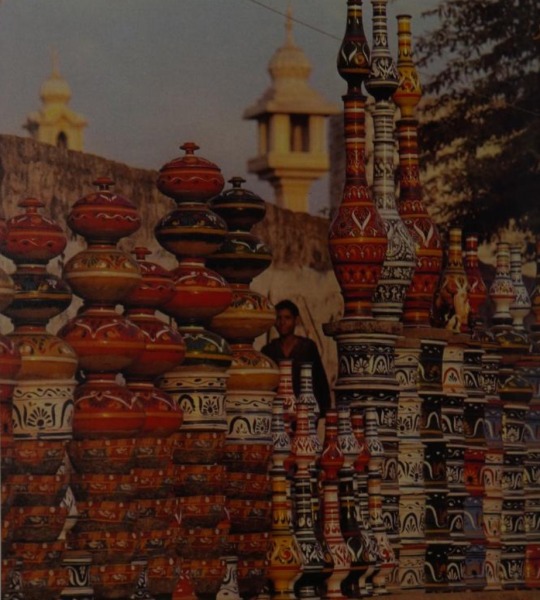
“Brightly painted pottery makes an eye-stopping splash of colour on a Taxila street. The bustling modern town with its handicrafts is in sharp contrast to the silent slumber of the 2,000-year-old ruins of the ancient eity nearby which was once a centre of learning and of Buddhist culture.”
From: “journey through Pakistan” by Amin, Mohamed; 1982.
23 notes
·
View notes
Text
It’s #WorldTurtleDay, on a #TurtleTuesday + #TwoForTuesday! Check out this gorgeous pair of nearly 2000-year-old cast gold repoussé turtle earrings:
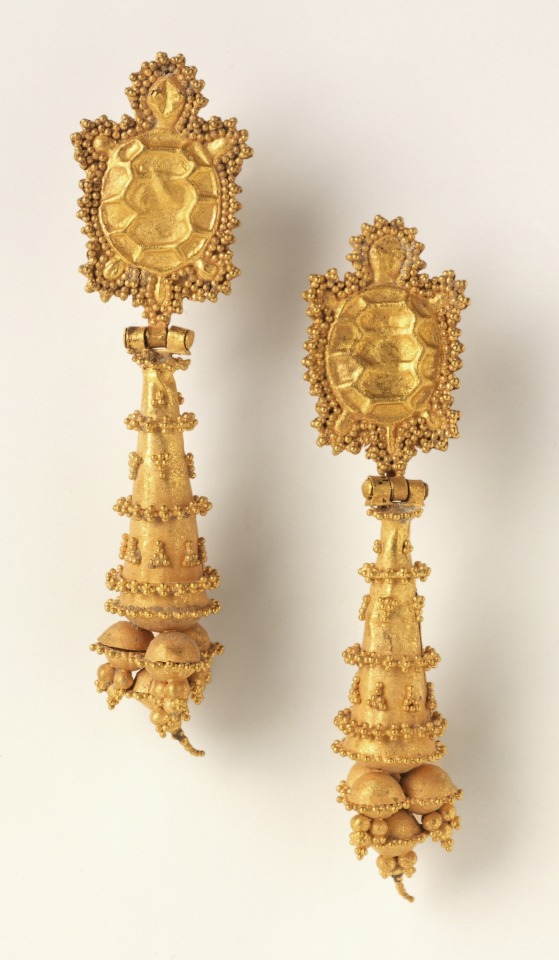
Pair of Earrings with Tortoises
Pakistan, Taxila region (?), 1st-2nd century
repoussé and cast gold
2 1/4 x 1/2 x 3/8 in. (5.72 x 1.27 x .95 cm)
Los Angeles County Museum of Art (LACMA)
#Los Angeles County Museum of Art#LACMA#turtle#tortoise#pair#earrings#jewelry#jewellry#gold#repoussé#ancient art#South Asian art#Asian art#World Turtle Day#Turtle Tuesday#Two for Tuesday
19 notes
·
View notes
Text
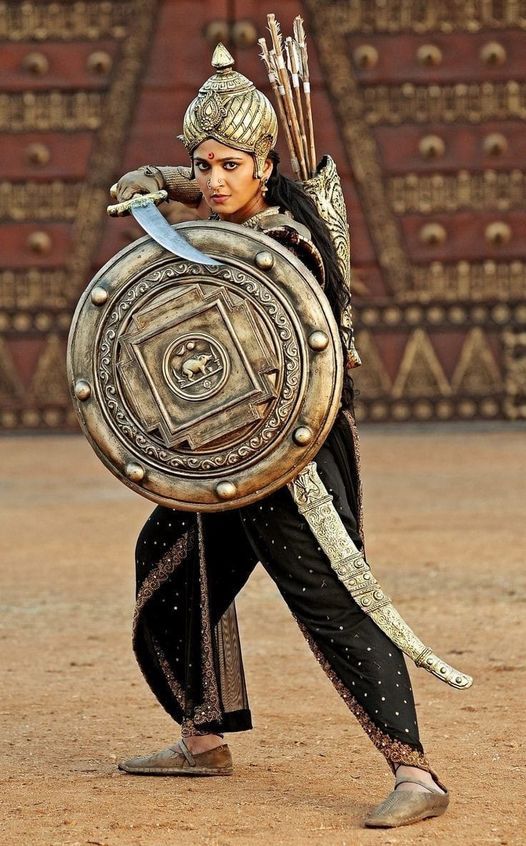
En el 326 a.C. Alejandro puso toda su atención en el subcontinente indio e invitó a todos los jefes tribales de la anterior satrapía de Gandhara, al norte de lo que ahora es Pakistán para que vinieran a él y se sometieran a su autoridad. Āmbhi, rey de Taxila, cuyo reino se extendía desde el Indo hasta el Hidaspes, aceptó someterse pero los rajás de algunos clanes de las montañas, incluyendo los aspasioi y los assakenoi de la tribu de los kambojas, conocidos en los textos indios como ashvayanas y ashvakayanas...(nombres que se refieren a la naturaleza ecuestre de su sociedad, de la raíz sánscrita ashva, que significa "caballo"), se negaron a ello.
Alejandro tomó personalmente el mando de los portadores de escudo, los compañeros de a pie, los arqueros, los agrianos y los lanzadores de jabalina a caballo y los condujo a luchar contra la tribu de los kamboja de la que un historiador moderno escribe que «eran gentes valientes y le fue difícil a Alejandro aguantar sus acometidas, especialmente en Masaga y Aornos».
Alejandro se enzarzó en una feroz contienda contra los aspasioi en la que le hirieron en el hombro con un dardo, pero en la que los aspasioi perdieron la batalla y 40 000 de sus hombres cayeron prisioneros. Los assakenoi fueron al encuentro de Alejandro con un ejército de 30 000 soldados de caballería, 38 000 de infantería y 30 elefantes, lucharon valientemente y opusieron una tenaz resistencia al invasor en las batallas de las ciudades de Ora, Bazira y Masaga, ciudad esta última cuyo fuerte fue reducido solo tras varios días de una sangrienta lucha en la que hirieron a Alejandro de gravedad en el tobillo.
Cuando el rajá de Masaga murió durante la batalla, el comandante supremo del ejército acudió a la vieja madre de este, Cleofis, la cual también parecía dispuesta a defender su tierra hasta el final y asumió el control total del ejército, lo que empujó también a otras mujeres del lugar a luchar por lo que Alejandro solo pudo controlar Masaga recurriendo a estratagemas políticas y actos de traición. Según Quinto Curcio Rufo, «Alejandro no solo mató a toda la población de Masaga, sino que redujo sus edificios a escombros». Una matanza similar ocurrió en Ora, otro bastión de los assakenoi.
Mientras todas estas matanzas ocurrían en Masaga y Ora, varios assakenoi huyeron a una alta fortaleza llamada Aornos donde Alejandro los siguió de cerca y capturó la roca tras cuatro días de sangrienta lucha. La historia de Masaga se repitió en Aornos, y la tribu de los assakenoi fue masacrada.
En sus escritos acerca de la campaña de Alejandro contra los assakenoi, Victor Hanson comenta: «Después de prometer a los assakenoi, quienes estaban rodeados, que salvarían sus vidas si capitulaban, ejecutó a todos los soldados que aceptaron rendirse. Las contiendas de Ora y Aornos se saldaron de forma similar. Probablemente todas sus guarniciones fueron aniquiladas».
3 notes
·
View notes
Note
QOTD: If you could go back in time to any period in recorded human history (no prehistoric) as an observer who can't interact with anyone (think spectator mode in Minecraft), when would you pick?
Actually i have thought about this. I don't remember the years, but I want to go back around the time where chandragupta maurya was the ruler in India, and chanakya was still alive. Honestly the last bit is just because I watched the tv show and he seems cool but it still stands
They say that taxila and nalanda were the greatest universities, with libraries like that of Alexandia, but they all burned when the khiljis invaded so I'd like to see what it was really like back then.
Edit: Around 279 BCE
3 notes
·
View notes
Photo
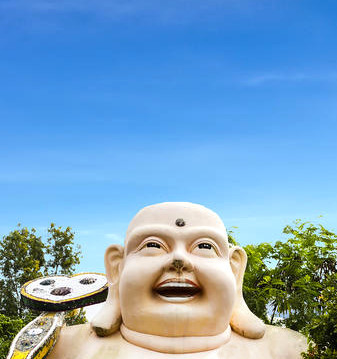
The Quest for Buddhism (60)
The story of the Elder Soreyya (Soreyyatthera-vatthu) - the subject matter of gender and sexuality clues in BCE
There is a famous incident related to Katyayana (Ref) with a double sex change motif, given in Verse 43 of the Dhammapada commentary.
A man named Soreyya was traveling with a friend and happened to see Katyayana adjusting his robes.
Upon seeing his golden complexion, Soreyya began to fantasize that Katyayana should become his wife or that his wife's complexion should be like that of Katyayana. Due to the nature of this thought, he transformed into a woman. He married a wealthy man from Taxila and bore him two sons.
Soreyya later approached Katyayana and explained the situation, apologising for his misconduct in thought. Katyayana accepted his apology, upon which Soreyya regained his male form. He then went forth as a Buddhist monk, and eventually become an arahant.
The truth about thousands of years ago is unknown, whether he really underwent a double sex change, was originally a hermaphrodite, or bisexual, or spoke of homosexuality as a variant.
In view of the negative representation of this anecdote, it is not hard to see it as propaganda.

仏教の探求 (60)
長老ソレイヤの物語 (ソレヤッテラバトゥー)〜紀元前のジェンダーとセクシュアリティの手掛かり
『ダンマパダ(法句経)』の注釈書の第43段に、カーティヤーヤナ(参照)に関連する、二重性転換をモチーフにした有名な話がある。
ソーリーヤという男が友人と旅をしていて、たまたまカーティヤーヤナが衣を整えているのを見かけた。
その金色の顔色を見て、ソーリーヤはカーティヤーヤナが自分の妻になるべきだとか、自分の妻の顔色がカーティヤーヤナのようであるべきだと空想するようになった。この思いのせいで、彼は女性に変身してしまった。彼はタキシラの富豪と結婚し、二人の息子を産んだ。
その後、ソーリーヤはカーティヤーヤナに近づき、事情を説明し、自分の考えの誤りを��罪した。カーティヤーヤナは彼の謝罪を受け入れ、ソーリーヤは男の姿に戻りった。その後、彼は僧侶として出家し、やがて阿羅漢となった。
彼が本当に二重の性転換をしたのか、元から雌雄同体 (しゆうどうたい)だったのか、同性愛を変形させて語ったのか、数千年前の真実は定かではない。
この逸話をネガティヴに表現されていることから見ても、プロパガンダと思えなくはない。
#Soreyyatthera-vatthu#dhammapada#gender and sexuality#soreyya#katyayana#mahakatyayana#disciple of buddha#buddhism#history#art#philosophy#nature#bce
61 notes
·
View notes
Text
Why Ancient Indian Literatures are Extinct today?

Ancient Indian Literatures were high even before few hundred years ago but now except few university courses under UGC India and some foreign enthusiasts in University of Michigan or University of Heidelberg etc, general students avoid reading those old articles.
Argument of this topic is why Indian students or their parents are not suggesting Indian Ancient History or Ancient literature as a career in today’s world?
If we go back to those beautiful pastimes of Indian education, from 3600 plus years ago, almost all great courses in Art, Literature, Science, Philosophy etc, were being taught only in Indian Universities.
Taxila or Takshashila University
Mithila University
Telhara University
Sharada Peeth Temple University
Nalanda University
Vallabhi University
Pushpagiri University
Odantapuri University
Vikramshila University
Sompura University
Bikrampur University
Morena Golden Triangle University
Kanthalloor Sala University
Jagaddala University and so on…
Some Indian scholars in Mathematics were Aryabhatta, Baudhayan, Brahmgupta, Bhaskaracharya, Mahaviracharya. Some famous scientists were Kanaad, Varahamihir, Nagarjuna. Medical Science was also highly developed in ancient India. It is hard to name all of them. Based on my minor research I have only few names as below.
“Sushruta Samahita” on Principles of Surgery and Medicine – by Sushruta, 100 BCE.
“Aryabhattiyam” on Principles of Astrophysics - by Aryabhatta, 476 CE
“Artha Sasthra” on Commerce & Business Administrations – by Chanakya, 375 BCE
“Pancha Sidhanta” on Treatises on Astronomy – by Varahamihir, 505 CE
“Patanjalayoga Sastra” on Principles of Yoga – by Patanjali, 2BCE
“Charaka Samahita” on Principles of Aayurveda – by Charaka, 200 BCE
“Rasendra Mangalam” on Science of Alchemy – by Nagarjuna, 150 CE
“Vaiseshik Dashan” on Principles of Atomic Theory – by Kanaad, 6 BCE
“MahajyanayanaPrakara” on Principles of Calculus – by Madhava, 1340 CE

When ancient Indian sages discovered that the great details on Mathematics, Physics, Biology, Philosophy, Astronomy, Health, Linguistics etc., were all there in Vedas which were that time in the form of “Shruti” which were only in the form of “what was being heard” from early Sages, they converted them into “Smriti” which were nothing but story telling or narrations of Vedas. This is to make things easy for the readers with more explanations on each branch of studies. Also, to make Vedas easy for the readers, ancient sages have concluded almost all details in texts distinguishing each part of Vedas (they are – Samahitas , Aranyakas and Brahmanas) for easy understanding.
Those great maestros (ancient Sages) not only have left these great treasures for the future generations but also tried in multiple ways to distribute that precious knowledge into various education systems in terms of texts, narrations, debate, explanations from past times (The Puranas) and conclusions (The Siddhantas) through help of Kings.
It is on us to consider this premium knowledge still available in various forms or reject it and again keep hunting for the remakes in more cosmetic and customized way. The irony of remakes is most of times the core values and ideologies would dissolve in versions.
Happy Reading….
8 notes
·
View notes
Text
HITEC University Taxila Cantt Jobs 2023 Faculty and Staff Vacancies Latest
HITEC University Taxila Cantt Jobs 2023 Faculty and Staff Vacancies latest advertisement. This Job notification is published in the Jang newspaper on 23-July-2023. HITEC University requires the services of staff on a regular basis.
Candidates possessing the required qualification can apply till 7-August-2023. Pakistan Engineering Council PEC registration is mandatory for candidates applying for…

View On WordPress
0 notes
Text
World UNESCO Site Taxila or Taxila is a city in Punjab, Pakistan.
World UNESCO Site Taxila or Taxila is a city in Punjab, Pakistan.
Located in Taxila Tehsil of Rawalpindi District, it is about 25 kilometers (16 mi) northwest of Islamabad–Rawalpindi Metropolitan Area and just south of Haripur District of Khyber Pakhtunkhwa.
World UNESCO Site Taxila
In 326 BC, Alexander the Great took control of the city without a fight, as it was promptly surrendered to him by Memphis.
Old Taxila was an important city in ancient India,…
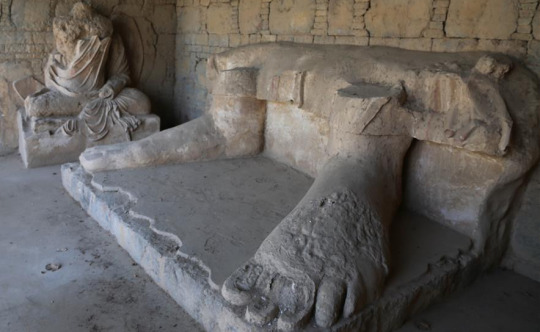
View On WordPress
#ancient Taxila#ancient University of Taxila#British archaeologist Alexander Cunningham#million tourists#Pakistan UNESCO Site Tour#Pakistan UNESCO Site Tour Company#strategic location#strategic location pakistan#Taxila is a city in Punjab#Taxila Pakistan#Taxila Pakistan Tour Company#World Heritage Site#World Heritage Site Pakistan#World UNESCO#World UNESCO Site#World UNESCO Site Taxila
0 notes
Text

Ritual Tray with a Nereid (Sea Nymph) and a Cherub Riding the Sea Monster Keto
Pakistan, Taxila area (?), Gandhara region, 1st century BCE
Furnishings; Serviceware
Black chloritic schist
LACMA
50 notes
·
View notes
Text

A wandering philosopher, probably representing Apollonius of Tyana, 2nd C. CE. Heraklion Archaeological Museum, Crete.
"Apollonius of Tyana (Ancient Greek: Ἀπολλώνιος; Arabic: بلينس; Sanskrit: अपालुन्यःc. 15 – c. 100 AD) was a first-century Greek philosopher and religious leader from the town of Tyana, Cappadocia in Roman Anatolia, who spent his life travelling and teaching in the Middle East, North Africa and South Asia. He is a central figure in Neopythagoreanism and was one of the most famous "miracle workers" of his day.
The Greek philosopher Apollonius of Tyana is related by Philostratus in Life of Apollonius Tyana to have visited India, and specifically the city of Taxila around 46 CE. He describes constructions of the Greek type, probably referring to Sirkap, and explains that the Indo-Parthian king of Taxila, named Phraotes, received a Greek education at the court of his father and spoke Greek fluently:
"Tell me, O King, how you acquired such a command of the Greek tongue, and whence you derived all your philosophical attainments in this place?"
[...]-"My father, after a Greek education, brought me to the sages at an age somewhat too early perhaps, for I was only twelve at the time, but they brought me up like their own son; for any that they admit knowing the Greek tongue they are especially fond of, because they consider that in virtue of the similarity of his disposition he already belongs to themselves."
-taken from Wikipedia
22 notes
·
View notes